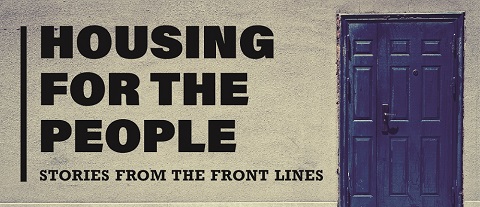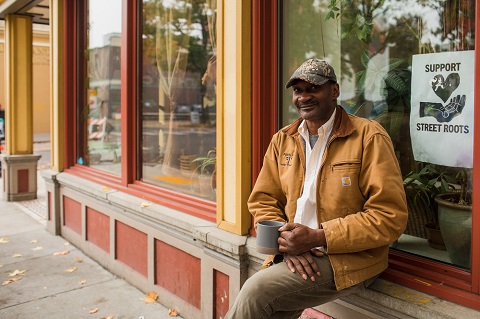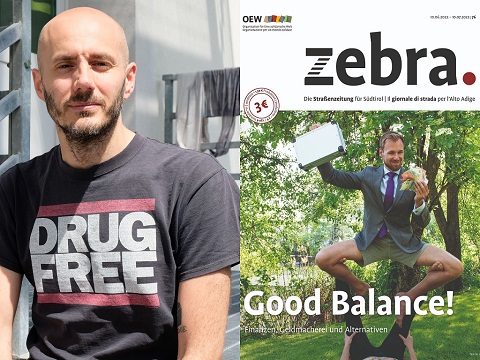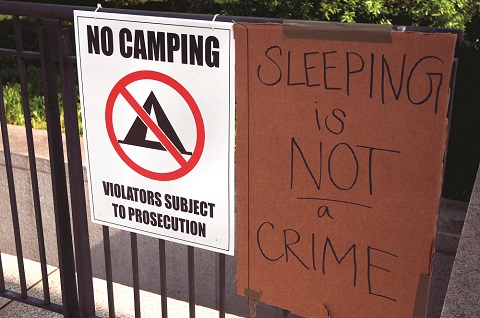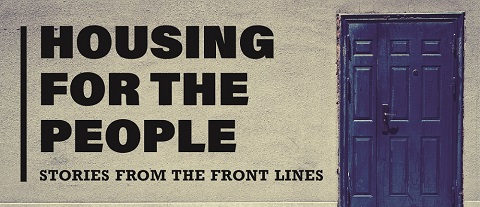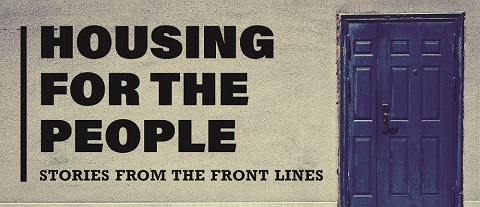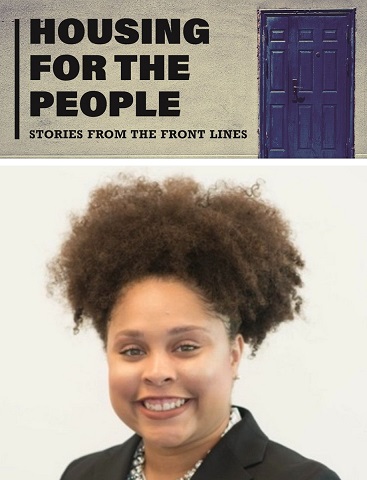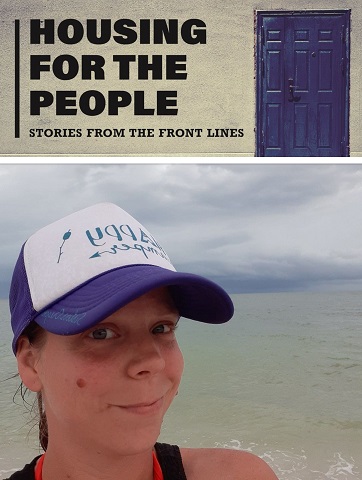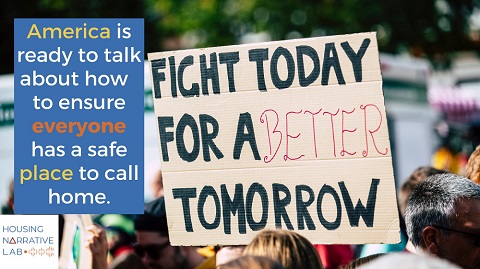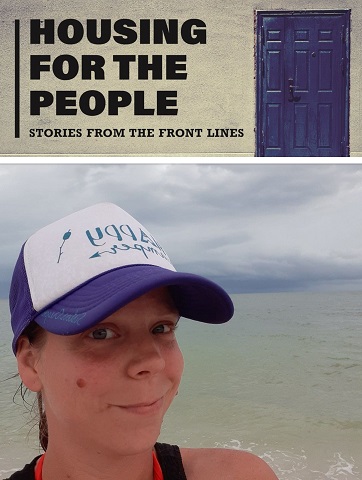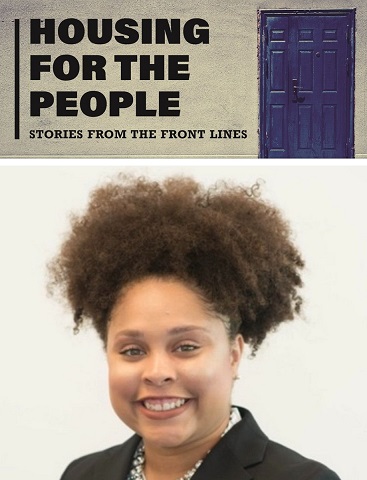By Francesco Chiavarini, Scarp de’ tenis
The stereotypical image of a homeless person is changing. A long and wild beard used to be their distinguishing feature. The beard was a sign of their membership of the ‘homeless club’ and was a stereotype that was so deep-rooted as to inspire the nickname ‘barbone’ (derived from the Italian word for a beard, ‘barba’). Used as an affectionate term instead of as an insulting one, ‘barbone’ was frequently used to refer to men living on the streets.
This is not the case anymore, as the world of homeless people is increasingly not populated only by men these days. Sitting on street corners with a hat or a plastic glass in their hands, or nestled among makeshift shelters made out of cardboard, ransacking bins, or taking shelter in dorms and canteens are more and more homeless women. Nowadays, homeless women – “barbona” – are a common sight on the streets of Italy.
According to the Italian Federation of Organisations for Homeless People (Fio.PSD), the situation is getting worse year on year. A third of the members of the Federation, while answering a questionnaire delivered during a survey action in April, declared that they had noticed a clear increase in the number of women using their services. In the last evaluation carried out by the Italian National Institute of Statistics (ISTAT), it was stated that women make up 14.3 per cent of the total number of homeless in Italy. That figure, which was based on a survey of the Italian homeless population in 2014, is surely in need of revision.
In addition to reporting an increase in the number of homeless women on the streets of Italy, Fio.PSD also published its first identikit of the typical homeless woman. She is 45-years-old on average and has been homeless for a little less than 3 years. More than half (54 per cent) of Italy’s homeless women are of a foreign nationality; more than a quarter (28 per cent) work for around 15 days a month and have an income of around 330 euros.
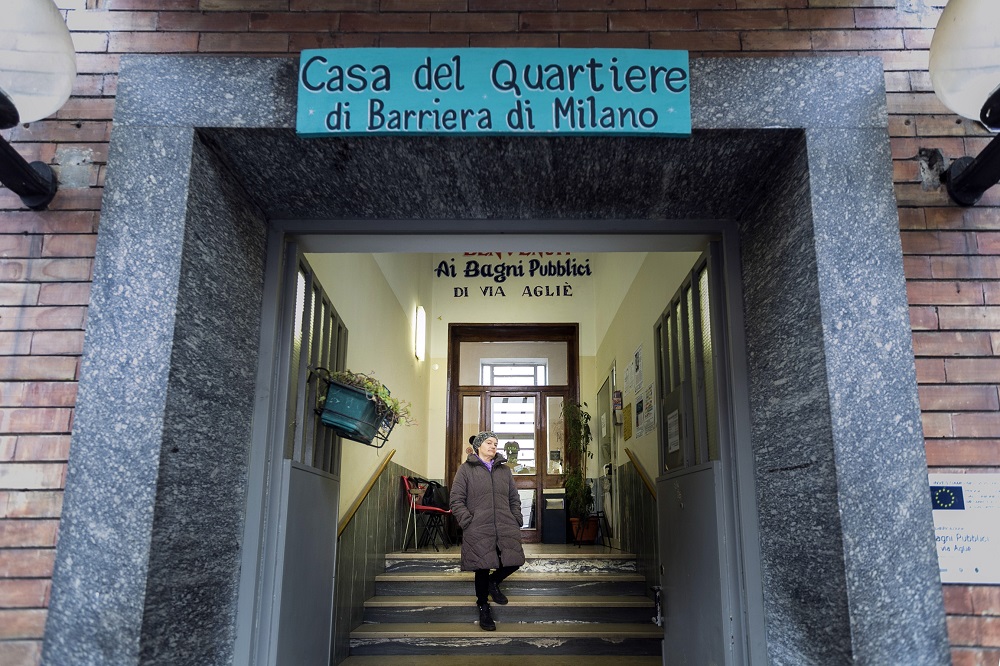
Family problems
In a news article published on Fio.PSD’s website, expert members of the Federation sought to identify the causes of the growth in the number of women on the street. The article underlines the fact that “the trigger events for women becoming homeless are, in the majority, linked to failures within the family, including divorcing from their partner and/or becoming separated from their children (70 per cent). For around half of these women, their homelessness was caused by the loss of a steady job (49.7 per cent) and, finally, for 27.6 per cent, their becoming homeless resulted either from chronic diseases, disability and/or drug addiction and alcohol abuse.”
According to this analysis, in two thirds of the cases where a woman becomes homeless, the end of a relationship with a relative is the cause. If this finding is correct, we can conclude that the presence of women among the homeless is one of the many indicators of the state of crisis that the traditional idea of family is in. The 70 per cent figure needs to be put it into context with the increasing number of divorces and separations taking place in Italy, which, in 2017, stood at 52,335 and 89,303 respectively. This is a rate that is 70 per cent higher than 20 years ago and which peaks in the southern regions (Campania and Sardinia) where the longevity of relationships has traditionally been higher.

A problem for Europe
For whatever the reason, the increase in the number of homeless women is not only an Italian phenomenon. In other European countries, the problem is even more serious. According to FEANTSA (The European Federation of National Organisations Working with the Homeless), there was an increase of 22 per cent in women demanding emergency housing between January 2016 and January 2017 in France; in Ireland, during the same period, the increase was 28 per cent.
According to the European Federation, the rise in the number of homeless women is linked to traumatic experiences in childhood, such as violence and rape. Most of the literature on the topic – as the experts from FEANTSA emphasise – highlights the complex nature of the phenomenon of female homelessness and the way in which it overlaps with other problems, for example, those such as mental health, domestic violence, drug abuse and other forms of trauma.
The experience of professionals working in services that support the homeless has done much to debunk the old cliché that identifies women as being the weak sex. In reality, closer analysis shows this cliché of attitude to be entirely wrong when it comes to homeless women. Simply put, women keep on proving that they are stronger than men when faced with adversity. However, although women generally have a better ability to react to, and cope with, adversities than men, the women who end up homeless are more difficult to support and rehabilitate into life off the streets.
Women’s higher level of resilience, which contradicts the cliché that has traditionally identified them as being the weaker gender, means that when they fall into homelessness, the abyss that they end up in is deeper and the comeback more difficult.
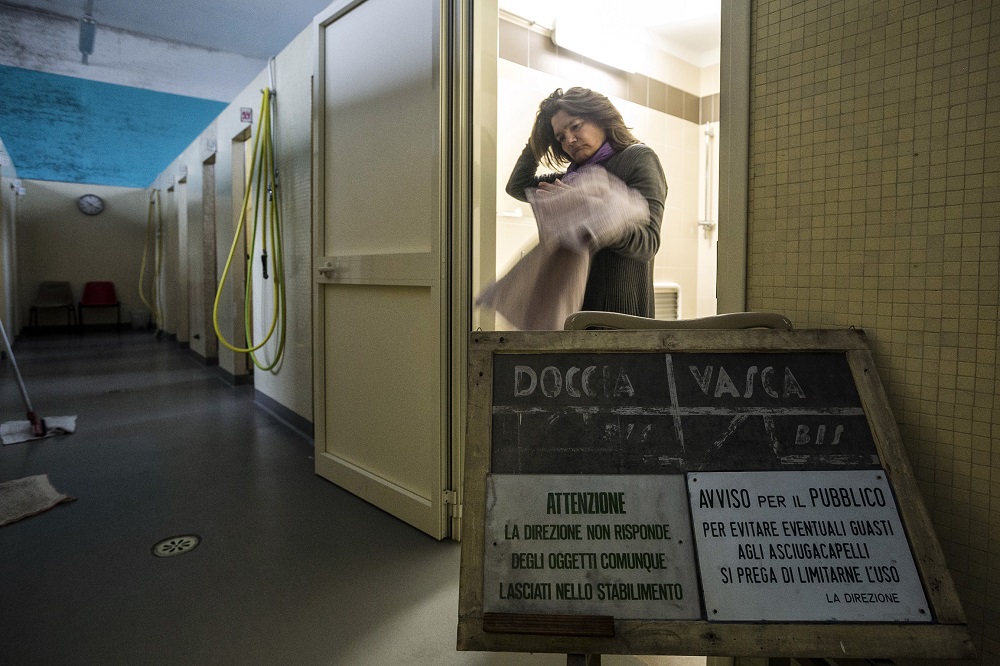
Arguing as to why this is the case, professionals claim that the answer remains inadequate support from social services. According to Fio.PSD, the main countermeasures should take the form of opening group homes dedicated to mothers with children, empowering refuges for women and creating zones devoted exclusively to women in the homeless shelters that already exist. Particularly worthy of support are housing first projects, which have been responsible for transforming traditional attitudes by providing homeless people with a house first and assistance second, and only when it is needed.
Examples from other European countries where this method has been implemented for a long time show that this is the way forward. Providing women with a safe place to stay and then intervening in the physical and mental health of the individual – such as by treating drug abuse and offering education and employment – works for about 80 per cent of homeless people with complex needs. As a result, this approach is particularly well-suited for women, FEANTSA claim.
To know. To solve.
In the case of homeless women, the provision of Psychologically Informed Environments (PIEs), where there is a focus on emotional and psychological issues, has proved particularly effective. In the United Kingdom and Ireland, where this method has been implemented by public services, the results have been positive: the treatment of individuals’ inner conflicts made it easier for support services to intervene and help in resolving some cases.
But there’s a long road ahead, and particularly in Italy. “If we want to prevent – and not only intervene – in the problem, we need to have a better understanding of the phenomenon,” admits Freek Spinnewijn, the director of FEANTSA. “It is necessary to break the circle of violence, trauma and mental illness that a lot of women have to face and that makes them lose their home, their relationships and dignity.”
CASE STUDY
Tiziana sleeps in a shared dormitory and dreams about her future
Tiziana has always taken pride in her work, but the past decade has proved a testing time for her. After the economic downturn ten years ago, she lost her job and was unable to find stable work. As a result, she became homeless three years ago. Here, she talks about her experiences and her hopes for the future.
By Enrico Panero
“To be homeless and to live on the street is more difficult for a woman,” says Tiziana. “It means that you never let down your guard in order not to be attacked, especially at night. You are always on high alert and you never sleep peacefully because you are alone. The biggest difference between men and women who live in this condition is the issue of safety. I have never experienced dangerous situations, but the risk is always there.”
Tiziana is almost 60 years old and she has been living on the streets of Turin for the last three years. She has always worked: first, in a company, then as waitress in pubs and restaurants, and then for some years, she even ran an Italian restaurant in Rhodes, Greece. When the economic crisis came, her work situation was ruined. The restaurant closed as a result of the Greek economic failure and, after she came back to Italy, she didn’t manage to relocate successfully and instead was only able to find precarious and underpaid jobs. Tiziana managed to keep hold of her flat until she had spent all her money; then she ended up on the street.
Looking for a safe place
In the beginning, Tiziana slept in the garden behind a building, trying not to be noticed.
“I looked for safe places where there was no one,” she tells me. After that, Tiziana moved to an abandoned plant in the suburbs of Turin. “Once I was on the street, I didn’t know who to speak to. I was completely confused. It seemed impossible that it was happening to me,” she admits. “I had no idea of how to get by – where could I eat, where could I wash? – because, at that point, those were my most urgent problems. If you are living outside, it’s a world that you can’t even imagine, even though I found a lot of help and support. You can’t let this life touch you too much: you must think that it is only a moment [of your life].”
“To be homeless and to live on the street is more difficult for a woman”
According to Tiziana, the biggest problem is not searching for a home but rather the search for a job. It is a situation that wears you out and, despite your efforts – a thousand job interviews and a lot of promises – it rarely reaps results.
“You feel like giving up; you lose your spirit to take on a challenge,” Tiziana says. “At a certain point, you only want to let yourself go and never stand up again from your little corner. I’m no more at that point of life where they say “Come, I’ll hire you!”. At the moment, I’m managing to find some jobs as cleaning lady, just so that I have some money in my pocket. I hope things will change in future, but if we go on like this I think the job problem will increase.”
Tiziana’s hopes
A few months ago, Tiziana decided to go to public services and she now spends her nights in a dormitory at a night shelter. “When I was young, I spent 14 years in a boarding school,” Tiziana says. “For me, it is really difficult to come back to this kind of situation, but I was really tired of sleeping on the street.”
Now that she has access to the Reddito di inclusione (Rei) – a small amount of money that the Italian government gives to people in need – Tiziana hopes that she will have the opportunity to find a job. She also hopes to ask for support in moving into a flat with low rent: “I’ll try at least,” she says.
Tiziana still dreams of the time that she spent in Greece, where she worked in a restaurant near the beach. “I love the sea,” she says. “I would like to go back and maybe open a restaurant one day.”
Translated from Italian by Federica Frisiero





